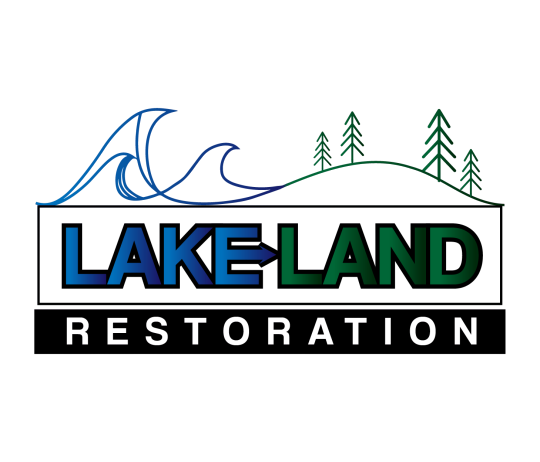The War on Invasive Species
Do you remember in elementary biology when you learned about the food chain? There might have been a picture with a plant, an insect, a bird, a snake, and a maybe a hawk—describing how each variable is eaten by the next in line, caring nutrients all the way up the chain. This way, the producer in the scenario (the plant) indirectly provides for the top tier predator (the hawk). This knowledge is fundamental to understanding why foreign species can become invasive species, and noxious to their environment.
Introducing a new species into the food chain can not only disrupt this chain, but provide a different set of metabolites, which often times are not beneficial to the next species that consumes it. Regardless of if its nutritious or not though, the change still strikes some as morally unsound, since the invasive species is not natural to the space and time it inhabits. I guess that is why on nature documentaries, when I am hoping for the injured baby gazelle to escape the grasp of its predator, I don’t always get mad at the person behind the camera for not helping, because it’s not their place to disturb the natural order of things.
These invasive species are most often introduced by humans indirectly through recreation, gardening, etc.. and even sometimes directly, such as the python problem in the Everglades. A lot of economic problems have originated from one person unknowingly planting something they thought looked nice, and then it spreads out of captivation to everywhere it can inhabit.
Anyhow, there are a couple means of getting rid of these pests, and each holds its own pros and cons. As for plants, they can be removed mechanically, with chemical, or through means of another biological solution. Here is an example of each:
mechanical-removing by hand/using a harvester
chemical-using an herbicide
biological-introducing an agent that consumes the pest, without further endangering the environment
Now, here is an example of something that could go wrong with each of them:
mechanical-removing a plant that propagates asexually, and accidentally spreading the plant even more
chemical-not following EPA/label regulation and using a toxic quantity
biological-introducing an agent that thrives in the environment and becomes an invasive itself
Lakeland Restoration LLC is capable of many scenarios of invasive species control. If you believe you have an invasive species on your own land or government land, let us know and we’d be happy to figure out a solution.
